Log in
Statistics
We have 484 registered usersThe newest registered user is mark5
Our users have posted a total of 48862 messages in 7215 subjects
THAT’S ENTERTAINMENT
CLICK ON ANY OF THESE LINKS TO FIND OUR EXTREME ENTERTAINMENT
UPDATED :
71 WGT TUTORIALS & 32 YOUNG46 TUTORIALS
CLICK HERE TO SEE OVER 100 YOUTUBE VIDEO TUTORIALS . FROM WGTers , WGT & YOUNG46 FORUM UPDATE
TO THE MANY WELCOME GUESTS . THIS FORUM IS NO LONGER A COUNTRY CLUB WEBSITE FOR A WGT COUNTRY CLUB . PLEASE FEEL FREE TO READ THE FORUMS.
THERE ARE MANY TOPICS OF INTEREST . OR NOT . THIS WEBSITE IS AN INFORMATION AND ENTERTAINMENT WEBSITE ONLY .
MUCH OF THE CONTENT IS ARCHIVES OF PURPOSES PAST .
THERE ARE SOME MORE CURRENT TOPICS .
REGISTRATION IS NOT NECESSARY TO READ THROUGHOUT .
REGISTRATION IS EASY AND FREE . THIS IS AN AD FREE WEBSITE . NOTHING IS EVER REQUESTED FROM REGISTERED MEMBERS .
REGISTRATION ENABLES COMMENTING ON TOPICS . POSTING NEW TOPICS . FULL ACCESS TO THE WEBSITE IMAGE HOST . WHICH IS A VERY COMPLETE AND CONVENIENT TOOL .
PLEASE ENJOY .
TIER & AVERAGE REQUIREMENTS
BASIC LEVEL AND AVERAGE REQUIREMENTS , AND SATURATION

WHILE YOUR HERE
WHILE YOUR HERE :
CHECK OUT THE INCREDIBLE PHOTOGRAPHY IN
MY SERIES
THIS USED TO BE THE HOME OF OUR WORLD CLOCK . WHICH CAN NOW BE FOUND IN ITS OWN FORUM ON THE MAIN PAGE ..
THERE ARE MORE WORLD CLOCKS INSIDE HERE .
WORLD CLOCK
FB Like
HISTORY FACTS * 9 Art Movements Everyone Should Know *
Page 1 of 1
 HISTORY FACTS * 9 Art Movements Everyone Should Know *
HISTORY FACTS * 9 Art Movements Everyone Should Know *
9 Art Movements Everyone Should Know
Around 45,500 years ago, one of our ancient ancestors stood in a cave in a remote valley enclosed by sheer limestone cliffs, in what is now Indonesia. This primate, likely a Homo sapiens just like us, held in their hands some kind of dark red ochre pigment, and stood in front of a bare rock wall. At some point, they reached out to the wall and began to draw a life-sized picture of a wild pig. In doing so, they created what is currently the world's oldest known cave painting. They created art.
All over the world, archaeologists have discovered prehistoric images painted, drawn, or carved onto rocks and cave walls. It seems that we — as humans — have long been inspired to create art, whether for purely aesthetic reasons or as a form of communication. And as we progressed from prehistory to antiquity to the medieval period and beyond, new techniques and, more importantly, whole new ways of looking at the world gave rise to different artistic movements.
Here are some of the most important movements in the history of Western visual art, from the Renaissance period to the surrealism and pop art of the modern era.

Related:Revealing Facts About 5 Celebrated Painters
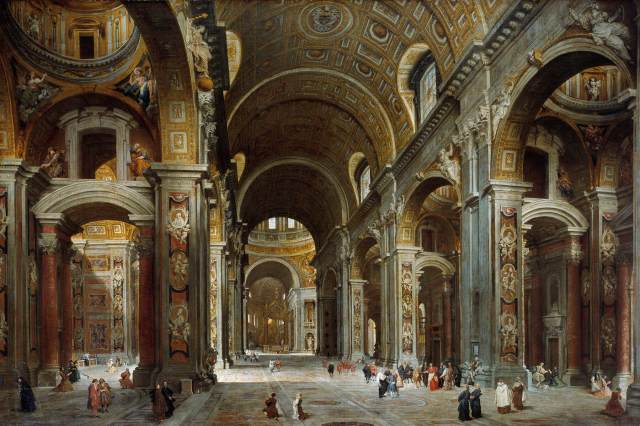
All over the world, archaeologists have discovered prehistoric images painted, drawn, or carved onto rocks and cave walls. It seems that we — as humans — have long been inspired to create art, whether for purely aesthetic reasons or as a form of communication. And as we progressed from prehistory to antiquity to the medieval period and beyond, new techniques and, more importantly, whole new ways of looking at the world gave rise to different artistic movements.
Here are some of the most important movements in the history of Western visual art, from the Renaissance period to the surrealism and pop art of the modern era.

Photo credit: GraphicaArtis/ Archive Photos via Getty Images
14th Century to 16th Century: Renaissance Art
Renaissance art takes its name from the period of European history known as the Renaissance, which began in Italy at the end of the 14th century and soon spread to much of Europe. This period saw a rediscovery of classical art and culture, leading to a move away from the abstract forms of the medieval period, toward more realistic and naturalistic representations of life and people. Its peak, known as the High Renaissance, was a short period from about 1500 to 1530, defined by great artists such as Michelangelo, Leonardo, and Raphael.Related:Revealing Facts About 5 Celebrated Painters

Photo credit: [url=https://www.gettyimages.com/search/photographer?photographer=Photo Josse%2FLeemage]Photo Josse/Leemage[/url]/ Corbis Historical via Getty Images
1600s to 1750s: Baroque
The next major art movement emerged in Italy around 1600 and flourished in Europe until the 1750s. Highly ornate, elaborate, and dynamic, Baroque took a realistic approach in its depictions — which included religious events, pivotal moments in history, still lifes, and mythological scenes — giving the viewer a sense of immediacy and the impression of witnessing an actual event. The greatest painters of the Baroque period include the famed Dutch painter Rembrandt, as well as Peter Paul Rubens, Michelangelo Merisi da Caravaggio, Diego Velázquez, and Nicolas Poussin.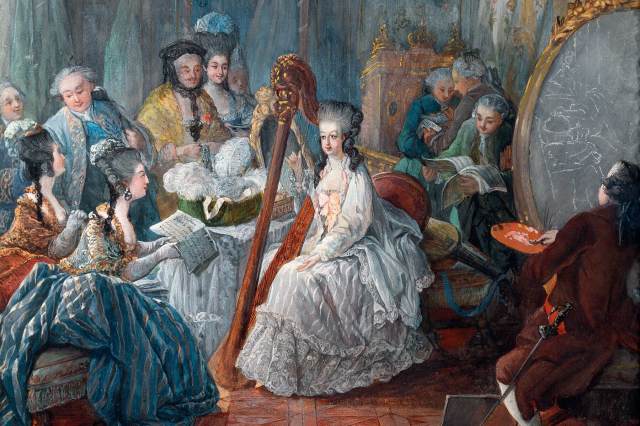
Photo credit: Leemage/ Corbis Historical via Getty Images
1720s to 1760s: Rococo
The rococo style took the ornateness of Baroque art to a whole new — and some would say excessive — level. Emerging in France in the 1720s, it was characterized by gaiety, curvaceousness, and sensuality, in stark contrast to the more serious classical style, which heavily references classical antiquity, specifically ancient Greek and Roman art. It certainly wasn’t to everyone’s liking; as London’s Victoria and Albert Museum points out, some found it “superficial, degenerate, and illogical.” Leading rococo artists included François Boucher, Jean-Antoine Watteau, and Thomas Gainsborough.
Advertisement
Related:Revealing Facts About 5 Celebrated Painters
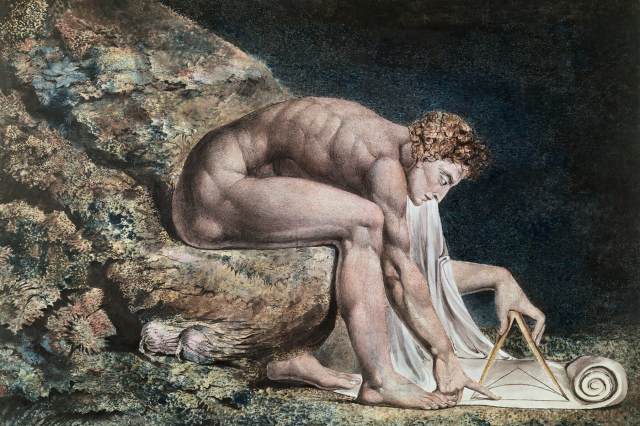
Photo credit: Bettmann via Getty Images
1800s to 1850s: Romanticism
Reaching its peak around 1800 to 1850, Romanticism marked a shift away from the dominant classical tradition. With an emphasis on the imagination, emotion, and individualism, it rejected the calm, ordered world of classicism and Enlightenment-era thought in Europe, and instead showed a far deeper appreciation of nature and a preference for emotion and the senses over reason. The movement included the likes of John Constable, J.M.W. Turner, Eugène Delacroix, and the visionary artist William Blake.
Advertisement
Advertisement

Photo credit: [url=https://www.gettyimages.com/search/photographer?photographer=Heritage Images]Heritage Images[/url]/ Hulton Fine Art Collection via Getty Images
1840s to 1870s: Realism
Realism as an artistic movement began in the mid-19th century, alongside the development of naturalism. Its focus was very much on subjects painted from everyday life and in a naturalistic manner: scenes of peasant laborers, working-class life, crowds in city streets, and people drinking in cafes and bars. It also brought about a more open and frank treatment of the body and romantic subjects. At the time, the work of realist artists such as Gustave Courbet, Jean-François Millet, and Honoré Daumier caused a great deal of shock among the primarily upper- and middle-class audiences that typically viewed and purchased art.
Advertisement
Related:Revealing Facts About 5 Celebrated Painters

Photo credit: [url=https://www.gettyimages.com/search/photographer?photographer=Photo Josse%2FLeemage]Photo Josse/Leemage[/url]/ Corbis Historical via Getty Images
1860s to 1900s: Impressionism
Impressionism developed in France from the early 1860s to the 1880s, spearheaded by artists such as Claude Monet, Pierre-Auguste Renoir, Edgar Degas, and Paul Cézanne. The movement was based on spontaneity and painting outdoors, in contrast to the more traditional process of making sketches to work with later in the studio. Impressionist artists focused largely on landscapes and scenes of everyday life, often using small but easily visible brush strokes to emphasize movement and the shifting nature of light. The impressionists were ridiculed by the established art community in France, but today remain highly popular and widely celebrated. From around 1886, a group of artists — most famously Cézanne, Paul Gauguin, Georges Seurat, Henri de Toulouse-Lautrec, and Vincent Van Gogh — began to expand and develop impressionism in distinctly different directions. They became known as the post-impressionists.
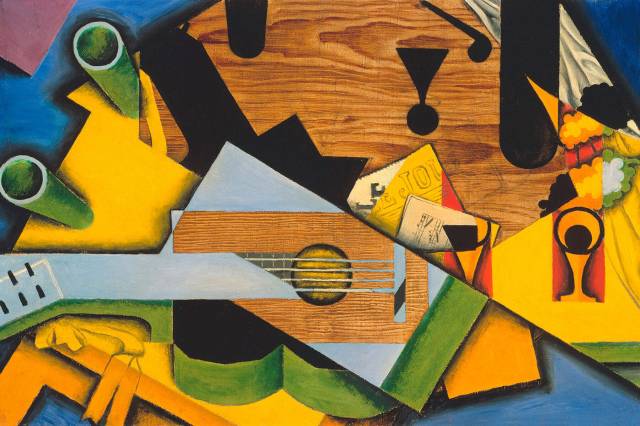
Photo credit: [url=https://www.gettyimages.com/search/photographer?photographer=Fine Art]Fine Art[/url]/ Corbis Historical via Getty Images
1907 to 1920: Cubism
Cubism was a revolutionary artistic movement pioneered by Pablo Picasso and Georges Braque. Beginning in 1907, the radical new style of painting transformed everyday objects, landscapes, and people into geometric shapes, as if seen from multiple points of view at the same time. This not only served to emphasize the three-dimensional form of the object portrayed, but also stressed the two-dimensional nature of the canvas. The groundbreaking shift in perspective and perception opened up entirely new ways for portraying visual realities in art, making cubism one of the most influential artistic styles of the 20th century.

Photo credit: [url=https://www.gettyimages.com/search/photographer?photographer=Mara Vivat]Mara Vivat[/url]/ Corbis Historical via Getty Images
1920s to 1960s: Surrealism
While cubism sought to change our way of seeing things, surrealism sought to tear down our grasp of rational thought altogether. Led by the French poet André Breton, who defined the movement in 1924 with his Manifesto of Surrealism, it challenged society’s imposed values and norms, and brought to the forefront the power of the unconscious mind and dreams. Fundamentally, its aim was to revolutionize the human experience. Notable surrealist artists included Salvador Dalí, René Magritte, Max Ernst, and Joan Miró.
Advertisement
Related:Revealing Facts About 5 Celebrated Painters
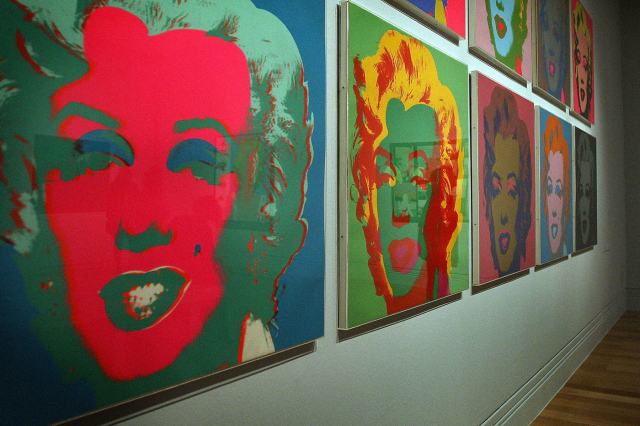
Photo credit: [url=https://www.gettyimages.com/search/photographer?photographer=Peter Macdiarmid]Peter Macdiarmid[/url]/ Getty Images Entertainment via Getty Images
1950s to 1970s: Pop Art
Pop art developed primarily in Britain and the United States from the 1950s to the 1970s. The movement’s name comes from the use of imagery and references from popular culture. It was partly a rebellion against what artists had been taught at art school and what was typically seen in museums — things the pop artists saw as having little to do with everyday life. Instead, pop artists used movies, popular music, comic books, advertising, and product packaging as their sources, and incorporated techniques and materials from the commercial world. Andy Warhol is arguably the most famous of all the pop artists, known for his iconic replication of brands such as Campbell’s Soup and images of celebrities such as Marilyn Monroe.
 Similar topics
Similar topics» HISTORY FACTS * The funniest presidential campaign slogans in history *
» HISTORY FACTS * The loudest sound in history *
» HISTORY FACTS * History's most famous pets *
» HISTORY FACTS *How long was history's shortest war? *
» HISTORY FACTS * The most famous typos in history *
» HISTORY FACTS * The loudest sound in history *
» HISTORY FACTS * History's most famous pets *
» HISTORY FACTS *How long was history's shortest war? *
» HISTORY FACTS * The most famous typos in history *
Page 1 of 1
Permissions in this forum:
You cannot reply to topics in this forum
 Events
Events
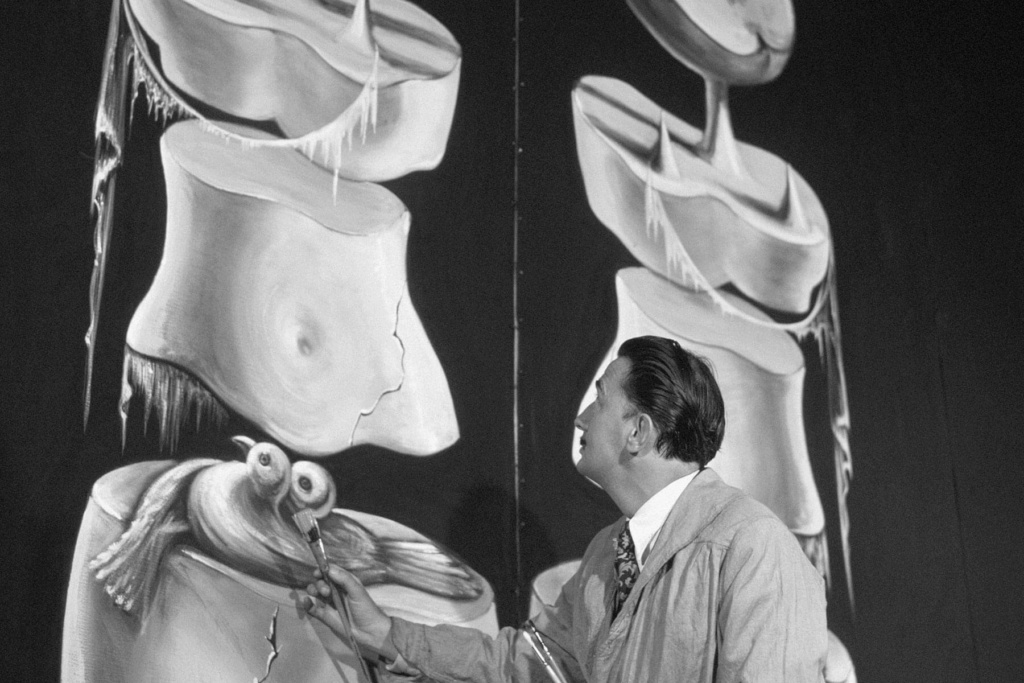



















































































» *POPULAR CONTENTS* Valley of the SUN Official Newsletter
» Disneyland vacation
» WGT POETRY , QUOTES , MOMENTS , & MORE
» Word Genius Word of the day * Spindrift *
» Tales of Miurag #3 in Paperback Patreon Story in December!
» Download WhatsApp
» WORD DAILY Word of the Day: * Saponaceous *
» Word Genius Word of the day * Infracaninophile *
» THE TRUMP DUMP .....
» INTERESTING FACTS * How do astronauts vote from space? *
» WWE Crown Jewel is almost here! Don't miss the action LIVE today only on Peacock!
» NEW GUEST COUNTER
» Merriam - Webster Word of the day * ‘Deadhead’ *
» WWE Universe: Your Crown Jewel Broadcast Schedule has arrived!